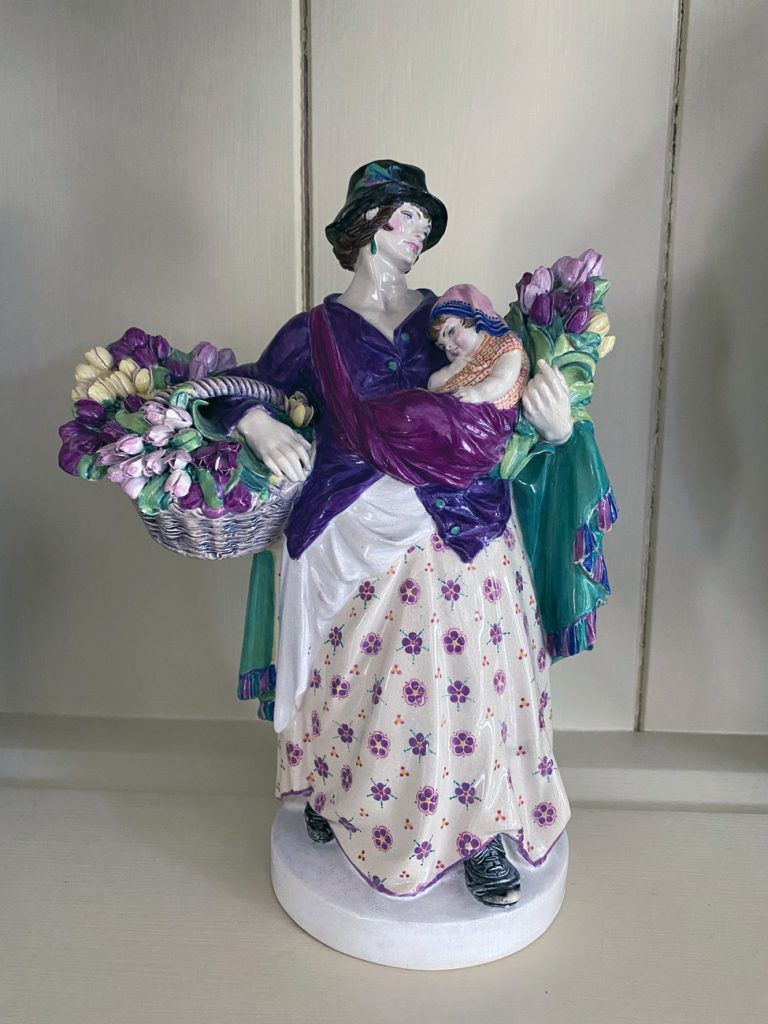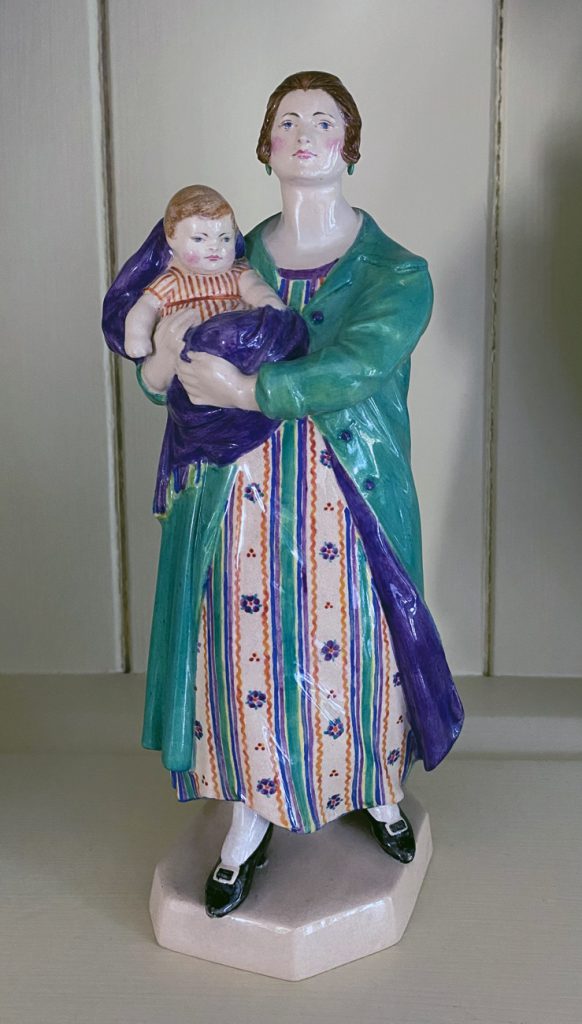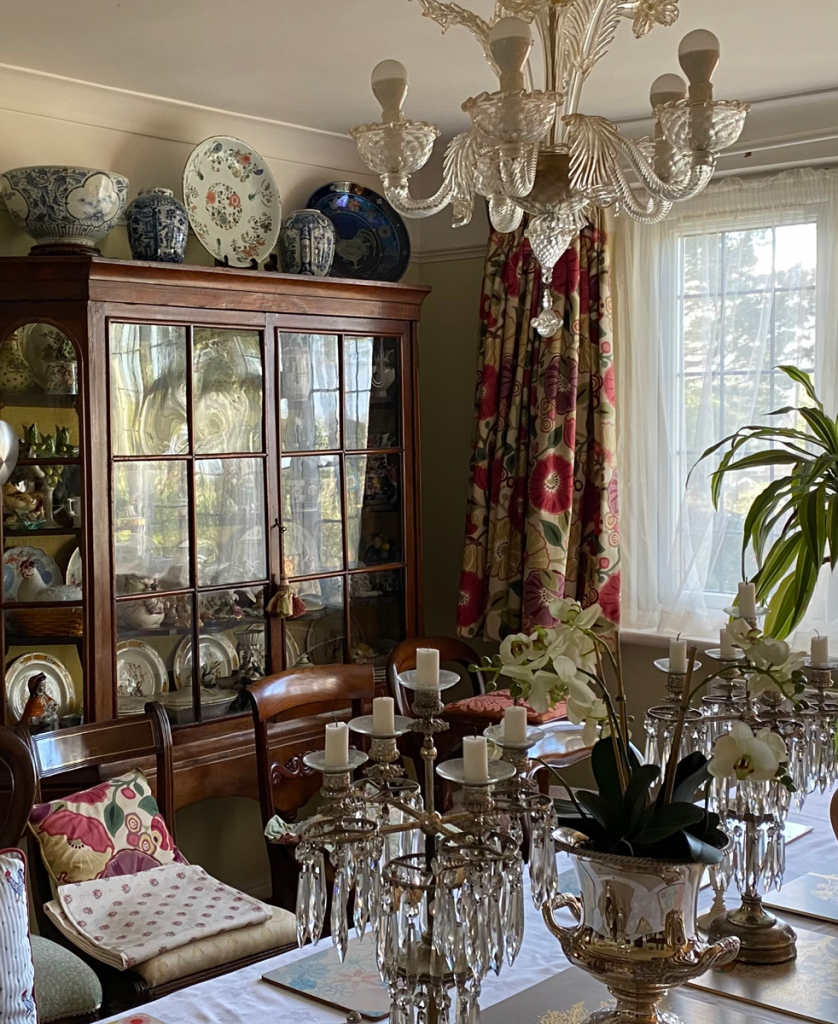
It is just over a year since the first lockdown began. There has been much to celebrate in the courage and generous offering of service to the vulnerable and elderly in our communities by the men and women of our NHS, our care and essential workers – often at great personal cost. Our scientists have blessed us with hope through their remarkable endeavours and vaccines.
Nevertheless our shared story of Covid-19 is one of joys and sorrows. Intimate stories of loss and separation have reminded us how precious love is.
Easter provides a poignant, liminal moment in the year marking love, hope and renewal.
This week millions of Christians will mark Holy Week. As they process towards Jesus’ crucifixion and resurrection they will reflect on the words from St John’s gospel “No one has greater love than this, to lay down one’s life for one’s friends”.
I think it was The Revd Canon Dr Giles Fraser who said that “the Cross is the offer of love in exchange for hate, whatever the cost, whatever it takes. And that’s why the cross is the central image of Christianity. It’s the pivot on which the Christian narrative turns. A representation of love – absolutely not a celebration of death – even though death is sometimes the cost of love.”
These threads of love, hope and renewal are expressed in the Easter communion illustrated.
The cross is delicately portrayed in a universal way on the Chalice by the potter Eric Mellon, whilst the Arundel potter Josse Davies’ beautiful Paten depicts the Holy Spirit as a Dove within the Crown of Thorns.
The Victorian Arts and Crafts gilt-metal Alms dish, decorated after the Byzantine, is encrusted with semi-precious stones. It depicts Christ crucified surrounded by the apostles. Its inscription translates from the Greek as “Take, eat: this is my body, which is broken for you for the forgiveness of your sins”, the words spoken by Jesus as he gathered his friends at the Last Supper.
St Benedict held invitation and hospitality as being central to faith in his rule of life.
I know that amongst the things I have missed this year is being able to offer invitation and hospitality – welcoming people to my home, the auction rooms and church. Boris Johnson once again had to ask us to stay away from one another, a sign of our love for one another, to keep us and others safe. But now, with the advent of spring and Easter, we are once again able to gather in groups of six, or two separate households in our gardens, outdoors, and at church. There seems to be light at the end of the tunnel.
I hope that lockdown will continue to ease and you will join me in supporting our local businesses, theatres, museums, art galleries, churches and newspapers who add so richly to the life of our community.




